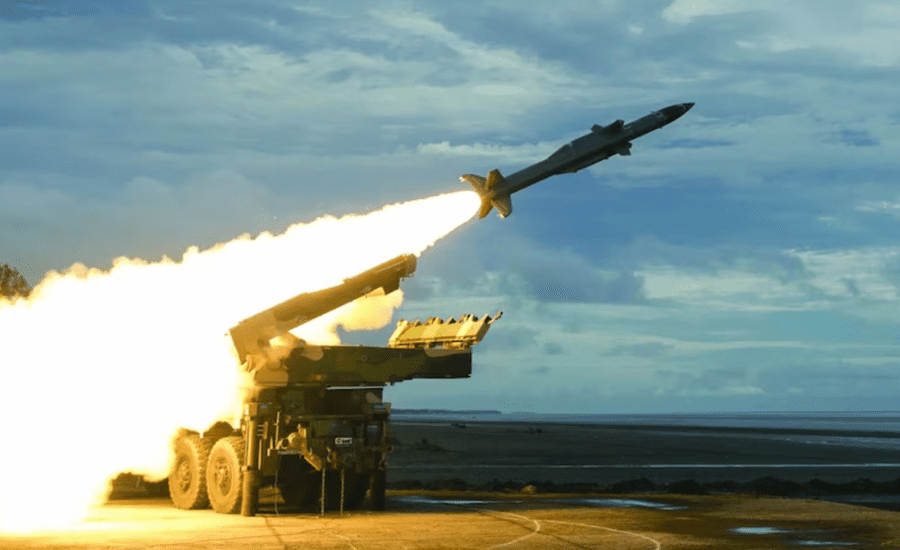The rapidly evolving capabilities of anti-ship missiles are transforming naval warfare and reshaping the global maritime balance. Defense experts assert that these precision-guided weapons are becoming the cornerstone of modern naval deterrence, altering how nations project power at sea.
Anti-ship missiles are designed specifically to destroy warships, submarines, and naval assets. They can be launched from ships, submarines, aircraft, or even land-based platforms. Flying close to the ocean surface, these missiles remain nearly invisible to radar systems, making them extremely hard to detect or intercept.
From World War II to Hypersonic Precision
The story of anti-ship missiles began during World War II, when Nazi Germany developed the first radio-guided weapons. Since then, missile technology has advanced exponentially. Today’s variants are capable of flying at supersonic and even hypersonic speeds, reaching beyond Mach 5 and delivering pinpoint strikes.
The India-Russia-developed BrahMos missile is a key example of this technological leap. With speeds exceeding Mach 3 and strike ranges beyond 400 kilometers, BrahMos combines speed, stealth, and precision, offering India a critical strategic advantage in the Indo-Pacific region.
The Next Generation of Smart Missiles
Modern anti-ship missiles are now equipped with state-of-the-art technologies, including GPS guidance, radar seekers, infrared homing, and artificial intelligence (AI)-based navigation systems. Some are designed for “swarm” operations—where multiple missiles coordinate autonomously to overwhelm enemy defenses.
This new generation of missiles is forcing global navies to adopt multi-layered defensive systems, integrating close-in weapon systems (CIWS), electronic warfare capabilities, and stealth designs to protect critical assets.
Naval Strategies Under Transformation
The growing lethality of anti-ship missiles has prompted a complete strategic rethink in maritime defense doctrines worldwide. Nations are now investing heavily in long-range deterrence, unmanned strike groups, and electronic countermeasures.
Countries like India are at the forefront of this transformation. The Indian Navy’s modernization plan includes deploying advanced anti-ship missile systems on destroyers, frigates, and aircraft to strengthen deterrence across the Indian Ocean Region. This modernization not only enhances combat readiness but also aligns with India’s broader vision of becoming a blue-water navy.
India’s Strategic Edge in the Indo-Pacific
India’s investment in technologies like BrahMos and its indigenous missile development programs signal a decisive move toward self-reliance and maritime dominance. With growing geopolitical tensions and increased naval activity in the Indo-Pacific, these advancements provide India with a significant strategic and defensive advantage.
According to defense analysts, the development and deployment of such advanced weapon systems represent not just technological progress, but also an assertion of national security autonomy.
Toward the Future of Naval Warfare
As global powers race to enhance their missile defense and strike capabilities, the role of anti-ship missiles will only continue to grow. Their evolution symbolizes the ongoing shift from traditional naval combat to high-speed, technology-driven maritime warfare—where information, precision, and timing determine victory.
The future of naval power, experts agree, will belong to those who can integrate smart weaponry, real-time intelligence, and resilient defense systems into one seamless maritime strategy.



























